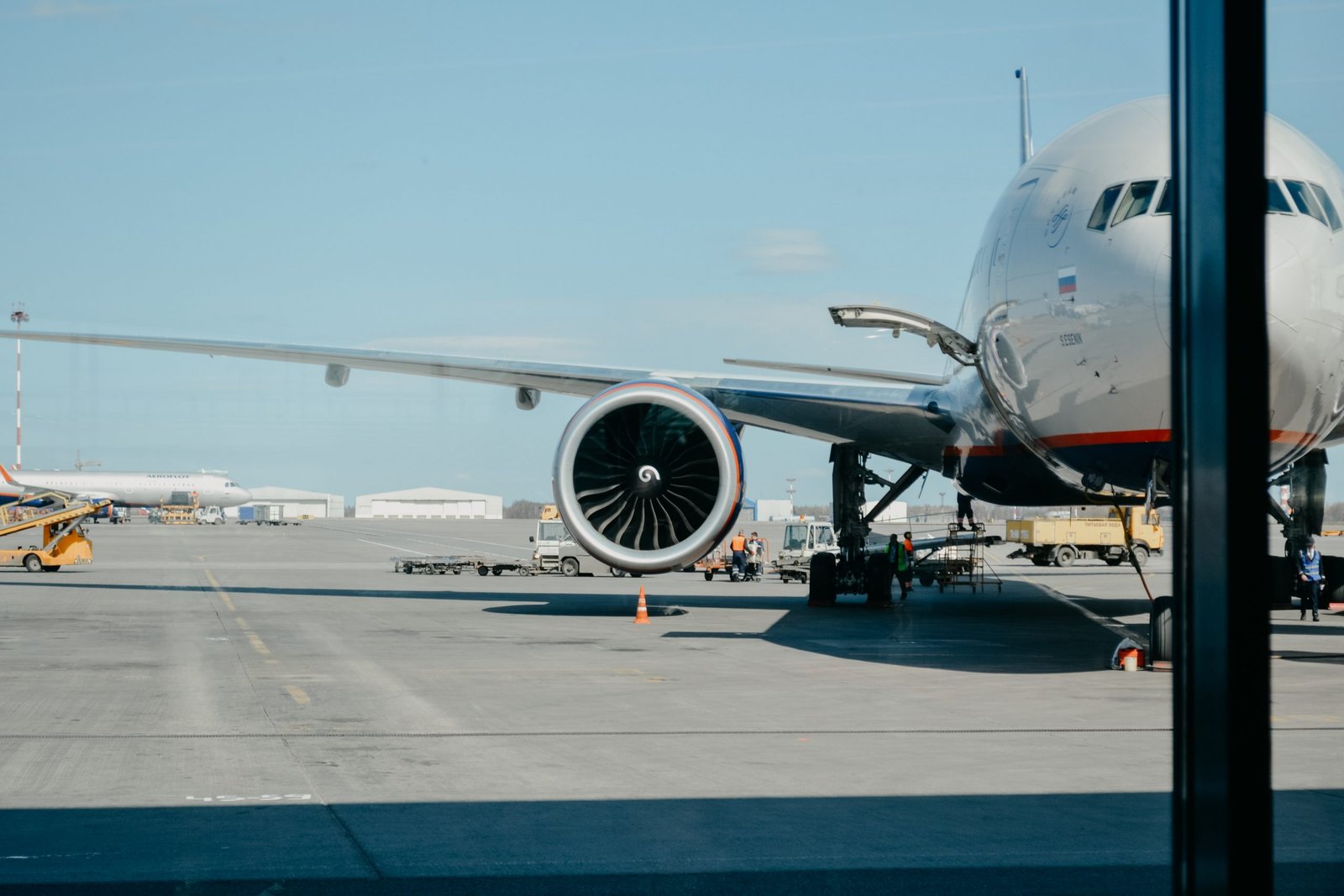Is Sustainable Aviation Fuel Really Sustainable?

Jet fuel is used by the aviation industry on a daily basis.
It is estimated that jet fuel emits 21.1 pounds of CO2 per gallon combusted, and flying one mile on average emits 53 pounds of CO2, making it one of the biggest producers of carbon emissions.
Because of this great impact on the environment, the industry is looking to implement a more sustainable and eco-friendly option for fuel.
Sustainable aviation fuel is one of the most promising options, with airlines around the world already have implemented it into their everyday flights.
If you’re looking into a more environmentally friendly option for your company or are just curious about sustainable aviation fuels and their usage, this post will introduce you to sustainable aviation fuel and its benefits.
What is sustainable aviation fuel?
Sustainable aviation fuel (SAF) is a type of fuel used to power aircraft that has a smaller carbon footprint than regular fuel.
It is made of various sustainable resources (feedstocks) such as used cooking oil, agricultural and forestry residues, algae, corn grain, oil seeds, etc.
Can SAF be made from solid waste?
Because of its properties, SAF can be made from solid waste from home and businesses, like food scraps, paper, textiles and packaging that would usually go to landfills or incineration.
This is an amazing opportunity for companies in countries with poor waste solutions since they can both take care of the waste and produce something new from it.
Who is making sustainable aviation fuel?
There are a handful of private companies currently producing SAF, some of the leading producers of SAF are:
- Neste is currently producing around 34 million gallons annually;
- World Energy, produces its SAF mostly from a feedstock of agricultural waste fats and oils.
- And other companies like Alder Fuels and SkyNRG have started the journey for sustainability with groundbreaking goals for the year 2050.
How much SAF is produced today?
The current levels of SAF production in the USA are 4.5 million gallons per year and around 125 million gallons per year worldwide.
However, with SAF starting to become more in demand within numerous airlines, SAF production is expected to grow significantly in the next couple of years.
Is sustainable aviation fuel really sustainable?
SAF is based on recycling carbon instead of adding more carbon to the atmosphere.
This method reduces around 70% of the carbon emissions of regular fuels. Compared to fossil jet fuels, it has 75% fewer emissions and it also helps reduce other emissions like sulfur and particulates by 100% and 90%, because of this it is considered sustainable.
Does sustainable aviation fuel burn cleaner?
Yes, SAF does burn cleaner because of its reduced levels of carbon emissions.
It is a great help in closing the carbon loop by using the carbon already in the system, which makes the process less wasteful and with reduced carbon output.
Does sustainable aviation fuel emit carbon?
SAF does emit carbon but it is 75% less than regular fuel, taking into account the production, distribution, transportation, and combustion.
So it is a cleaner option right from its production to the end of its life in the combustion stage.
What is the cost of sustainable aviation fuel – is it cheaper or more expensive?
SAF is currently more expensive than regular fossil jet fuels.
The average worldwide price for jet fuels is $4.15 per gallon, while the U.S cost for SAF is around $8.67 according to GlobalAir.
The International Air Transport Association (ITA) estimates that SAF usually costs two to four times more than any other fuel. This is because SAF is a relatively new fuel and there aren’t enough facilities to produce them, which means the supply is low so the prices are higher.
ITA estimates the demand for SAF will grow even more soon so the prices are projected to be lowered.
Ultimately, sustainable aviation fuel is a better alternative to regular jet fuel because it has a lesser impact on the environment.
Implementing SAF into every day flights and airlines can have a great impact on the reduction of the carbon footprint and can be of great help in achieving the Sustainable Development Goals set by the UN for 2030 for more sustainable cities and communities.
